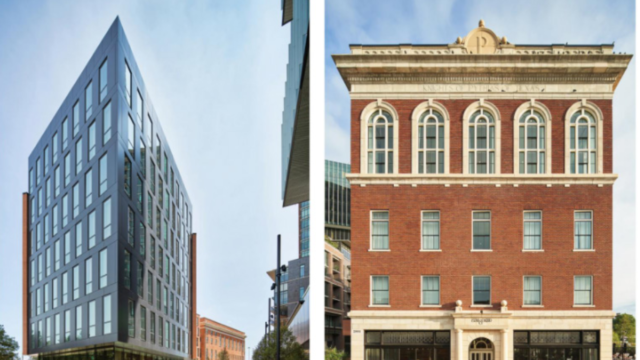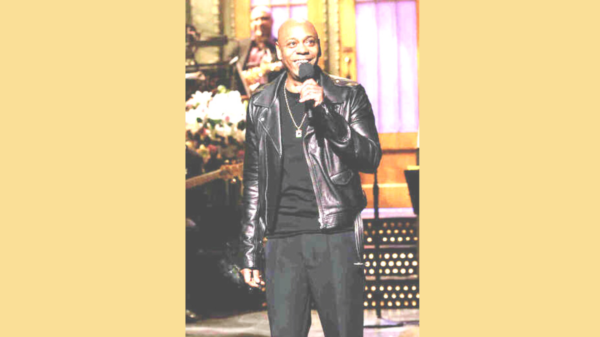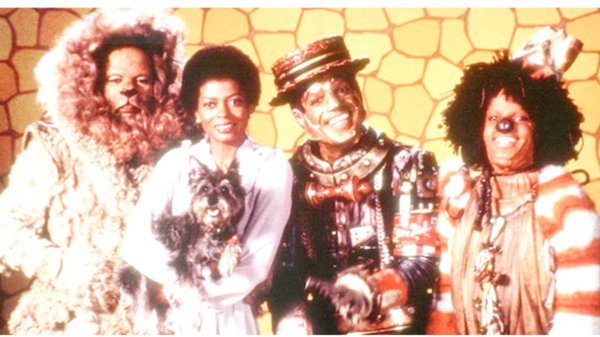By Vincent L. Hall

Almost 10 years to the day, I wrote an article because the old Union Bankers Building, located in the heart of what we now know as Deep Ellum, was about to be upended. It was slated to be another in a series of Black heritage landmarks to suffer demolition by neglect.
“Demolition by neglect” may be foreign to you, but it is a national tragedy. It is defined as the destruction of a building through abandonment or lack of maintenance. So, as we consider the value of history, we must ask, “What can citizens and preservationists do about buildings destroyed by deliberate neglect?”
The answer is to regard, maintain and protect our interests as a community.
Initially built in 1915-1916, the Knights of Pythias Temple at 2551 Elm remains the first major commercial structure designed and constructed solely by African Americans. It provided office space for prominent African American professionals, such as lawyers and doctors. In addition, the top floor was used for social activities.
The site has enhanced significance because it was designed in 1907 by architect William Sidney Pittman. Pittman was the first African American in the nation to win a federal contract to design a building.
That same year, Pittman married Portia Washington, daughter of Booker T. Washington, who was the founder and principal of Tuskegee Institute. In 1913 the Pittmans moved to Dallas, TX, where they raised two sons and a daughter Between 1911 and 1927, they resided at three different addresses; at each, Pittman operated his architectural practice from home. He was the first practicing Black architect in Texas.
During his 16-year practice in Dallas, he designed at least seven major projects in the city and in Fort Worth, Houston, San Antonio, and Waxahachie. Five of his known structures still stood in 1990.
But, unfortunately, most of the buildings he designed have been demolished. They were torn down to build freeways and parking lots and the like. Somehow corporate progress always runs through and over our community.
Later in life, Pittman established the “Brotherhood Eyes” newspaper. He used the paper to vent his criticisms of the Black community. A firm believer in supporting Black businesses, Pittman charged the Black middle class with hypocrisy for patronizing white companies instead of Black ones.
He could do the same today.
Fortunately, some Black voices spoke up against the demolition, and Dallas County Commissioner John Wiley Price was chief among them. He lobbied the property developer to salvage as much history as possible. And the resulting product was the Kimpton-Pittman Hotel. It is a building that we can all be proud of.
The Pittman Hotel website offers additional history you may need to investigate.
“Art, music, and culture have converged in Deep Ellum for over a century, and Kimpton Pittman Hotel brings this heritage to life. The very origins of the building are a history lesson. William Sidney Pittman — Texas’s first African American architect, civil rights advocate, and son-in-law of Booker T. Washington — designed the building as a temple for the fraternal order of the Knights of Pythias in 1916. The structure hosted meetings, lectures, and dances and housed the offices of Black professionals.
Between world wars, the Knights of Pythias Temple became a social, commercial, and cultural nexus for the surrounding community. And what is a culture without music? Jazz and blues legends like “Blind Lemon” Jefferson and Sam “Lightnin’” Hopkins performed in the grand fourth-floor ballroom of the temple.” In 2020 D Magazine added another critical function in the history of the building.
“Pittman brought the Beaux-Arts style building to life, with storefronts filled by a barber-shop and drug store and the inside serving as offices for African American professionals. But, in harder times following the Great Depression sold it. It went on to become a bank— recognized as the Union Bankers Building—and at one point, the red bricks were spray-painted white. It has been vacant since the 1990s.”
The site has been repurposed, and Black history was kept intact. I love the Kimpton-Pittman because it is a template of business being sensitive to our accomplishments as a people.
Every time I walk in, I thank the original and the present owners. William Sydney Pittman Lives!
Vincent L. Hall is an author, activist, and an award-winning columnist.









You must be logged in to post a comment Login